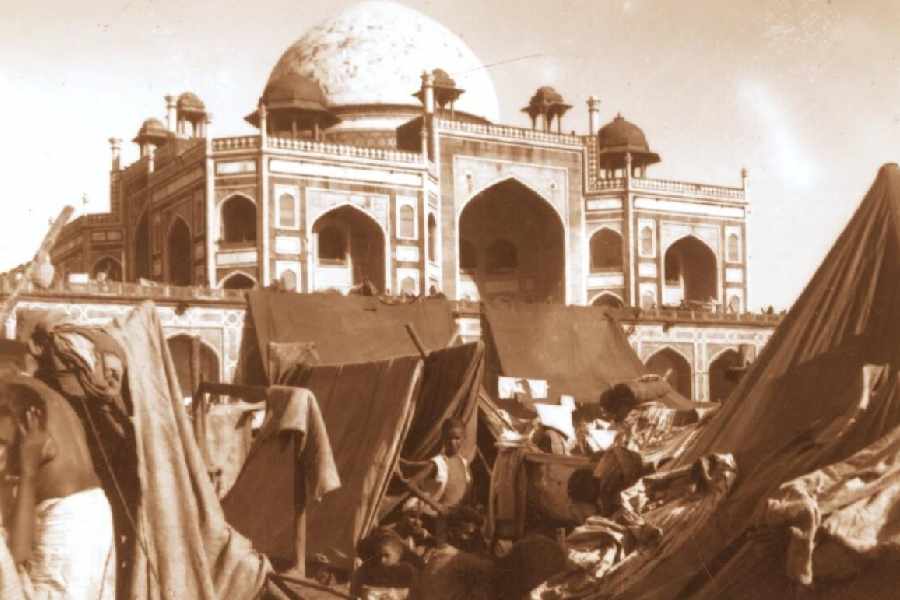Book: DELHI REBORN: PARTITION AND NATION BUILDING IN INDIA'S CAPITAL
Author: Rotem Geva
Published by: Speaking Tiger
Price: Rs 599
There are some uncomfortable questions that we, as Indians, would rather not think about. For instance, what future did decolonisation usher in for the Muslims in India? What did the popular demand for Pakistan entail for Muslim communities in the capital city of Delhi? And what place were they accorded in the nation-building process? Rotem Geva examines such uncomfortable but important questions in her book on the Partition and its after-effects using Delhi as the geographical locus for her analysis.
Delhi Reborn dissects the varied federative and confederative plans for Pakistan chalked out by the Muslim intelligentsia of the day and questions the popular — official — narrative on the impact Partition has had on Delhi’s Muslim population. Many Muslims were forced to sell off their property at throwaway prices, while the less well-to-do stayed behind, outcasts in the very city that had been their home. The gradual territorialisation of the nebulous idea of Pakistan and the communal violence perpetrated upon the defenceless masses are traced expertly, with harrowing details about how Muslim families in so-called “mixed localities” like Karol Bagh, Sabzi Mandi and Paharganj were slaughtered. The chapter on how the waning influence of the Urdu press enabled the post-Independence saffron ecosystem to transplant the Punjabi press to Delhi is superb. Geva adroitly illustrates how even nationalist Urdu newspapers like Al Jamiat — perceived to be close to the Congress — were condemned as ‘communal’ because of its “preoccupation with the status of Muslims as a minority (aqaliyat), specifically with its oppression and victimhood.” The resultant paradigm shift in belongingness in Delhi, with Muslims being relegated from equal participants to outsiders, strengthened majoritarian claims upon the city and, subsequently, upon the nation. How the predicament of “evacuee property” — possessions left behind by those fleeing to Pakistan — was dealt with will also interest those seeking a historical understanding of the socio-cultural homogenisation of neighbourhoods in Delhi in the months and years after August 1947.
What the narrativisation of Delhi’s fortunes in the three decades between 1930 and 1960 perhaps lacks is some streamlining and an editor’s deft touch. The arrangement of the story is haphazard, with frequent callbacks to arguments in previous chapters along with promises to the reader to return to a certain point later. The jargon, though not unmanageable, can certainly be difficult to navigate for a lay reader. There are silly errors in proofing — Abdul Rahman Siddiqi is spelt so throughout the book but as “Siddiqui” in the concluding index, while a sentence about the Jamiat Ulama-e Hind mentions that it continued to support the freedom struggle “amid the growing the [sic] communal rift.”
Overall, Delhi Reborn is a powerful and necessary cross-examination of the liminality of Delhi in India’s post-colonial evolution. Given India’s polarised political landscape, such analyses of history are becoming increasingly relevant.











